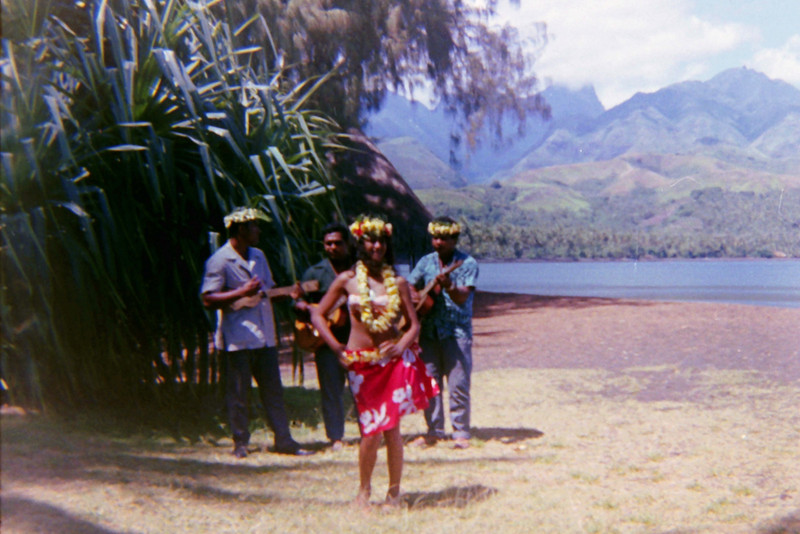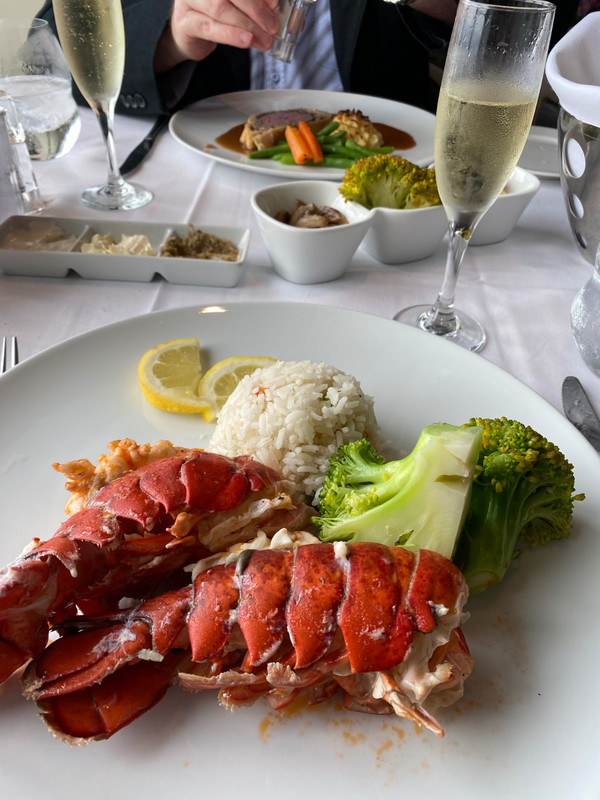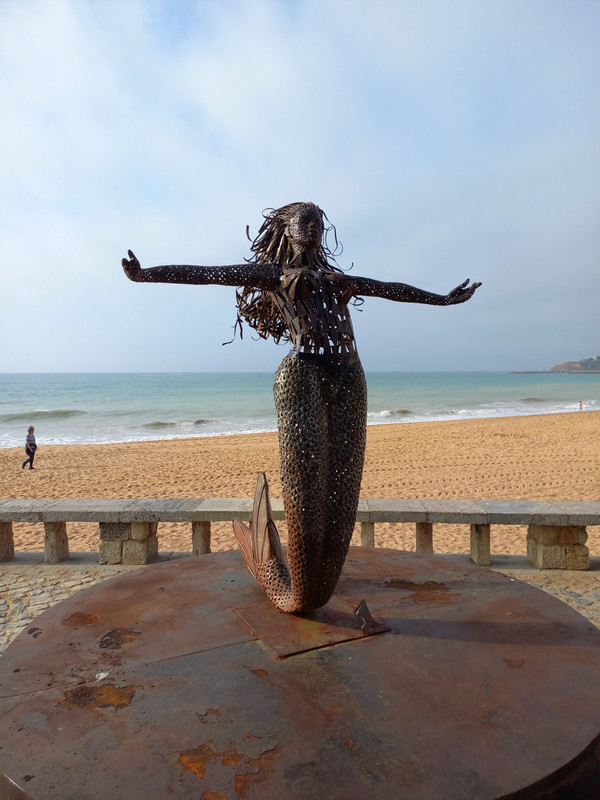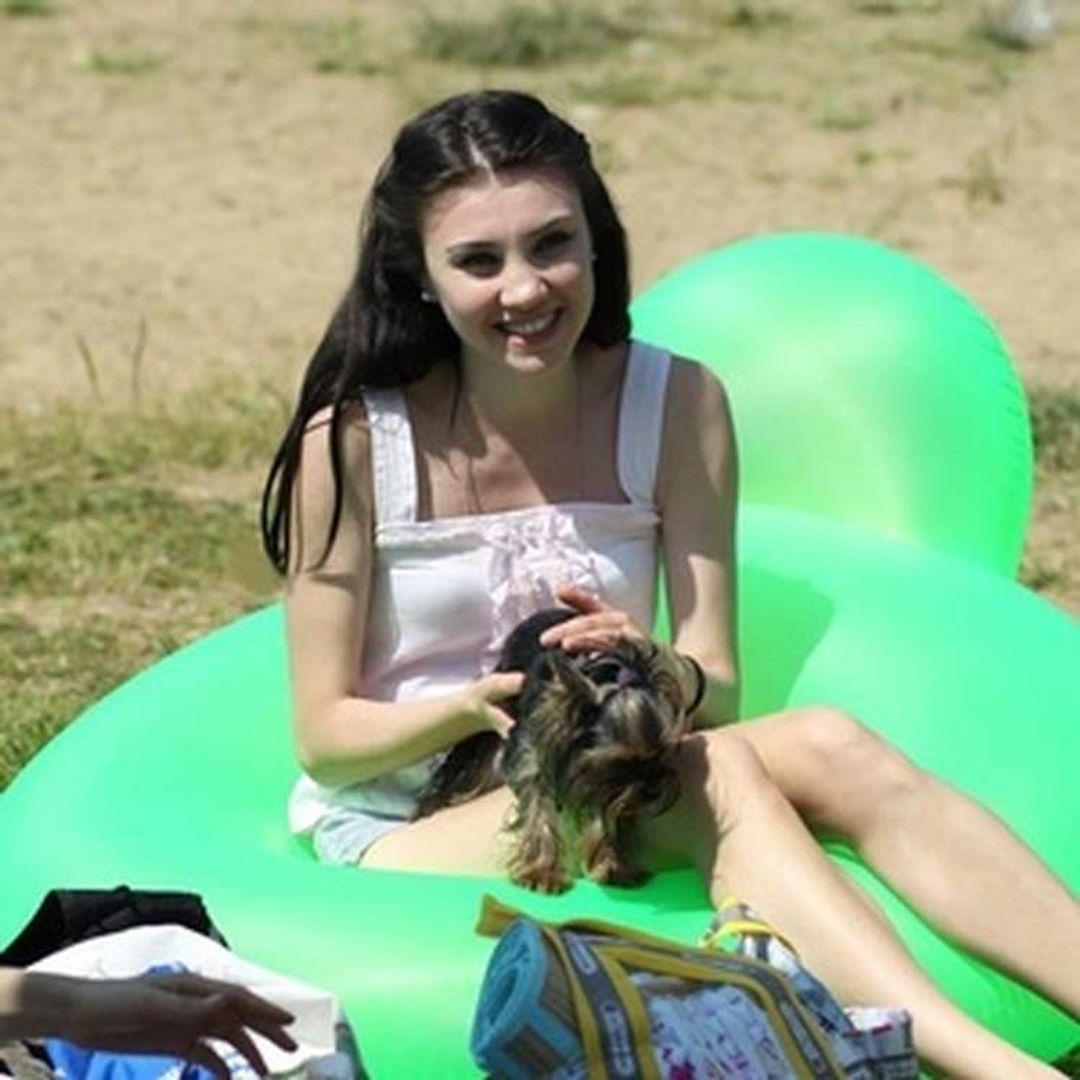It must have been overcast during the night as there was no frost on the ground outside our cottage at Tophouse,near St Arnaud but it was still decidedly chilly.
The rising sun on the Mt Robert just across the lake from the DOC office down in the village was stunning and the forecast for the day was promising now that the weather bomb was spinning off to the east far to the south of the country allowing an approaching high pressure to drape itself over New Zealand from the Tasman Sea for a day or two, bringing calm and clear conditions.
I felt like I was still recovering after my brush with hypothermia a couple of days ago on the Heaphy Track so I booked myself in for just the morning walk around the Honeydew Track which would take around an hour inclusive of the Bellbird Track loop.The rest of the party including Gretchen will take on the Moraine Track after lunch while I head back to the cottage to put my feet up and have a reviver ready for them when they return.
DOC centre to pick up brochures for the Park but all that changed when we then drove on down to the lake front to park the vehicles and prepare to head off into the forest.
The peace and quiet of the village certainly wasnt on the lake front where people were milling around,out on the small wharf watching the very large eels in the water and a group of teenagers who seemed to be on some outing jumping as a group off the end of the wharf into what must have been the frigid lake!! None of them had wetsuits or anything like that to protect their bodies from the cold and none stayed in the water longer than it took them to swim the 10 metres back to shore.
A fascinating fact about the protected long finned eels is that they start their life in the ocean in and around Tonga ,swim all the way down to New Zealand as larvae,taking some15 months plus to reach rivers such as the Buller River,then swim all the way up to Lake Rotoiti,live there for around 90 years and then swim all the way back to Tonga,lay eggs and die
The Honeydew Track so named because of the multitude of trees along the path that were black with the stuff that insects which had burrowed into the tree and then excreted poo had created.Apparently, although the trees look like they might be decaying and being by this black morass,live through it OK and then in the late spring,summer and early autumn the local wasps(mostly of the imported German variety)feed on it and a plague on people walking the tracks.DOC are doing their utmost to get rid of the wasps but I somehow think it is a lost cause and the best they possibly achieve is keep the numbers down.There are plenty of bait stations in the forest which are laced with a concoction called Vespex which the wasps are supposed to take back to the nest and kill off all the inhabitants.However New Zealand has one of the highest densities of the imported German wasp wasp in the world and we have a way to go to get to eradication.
for the nasty animals such as possums,stoats and rats(all imported to New Zealand when the country was first settled by the Europeans) that attack and destroy our native birds and it seems as though this battle will be ongoing for a long time as the predators seem to thrive in our forests.
However,besides all this rather sad news,the bellbirds,tuis and grey warblers were in great numbers up in the trees and their singing was almost uninterupted as we strolled along the easy,relatively flat path in weather conditions 150% better than the last forest walk we took north of Karamea.
Along with the great variety of trees along the track there were numerous types of ferns and on fallen trees several different types of fungi all worthy of close inspection.
The one hour walk was just enough for me and at the end of the trail we climbed back into the vehicles and drove off in search of the local tavern for a light lunch so that the five that would be taking the afternoon walk could replenlish their reserves.









